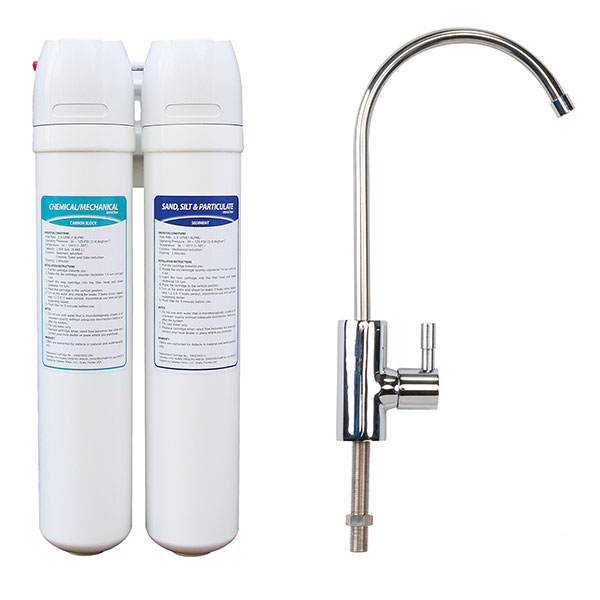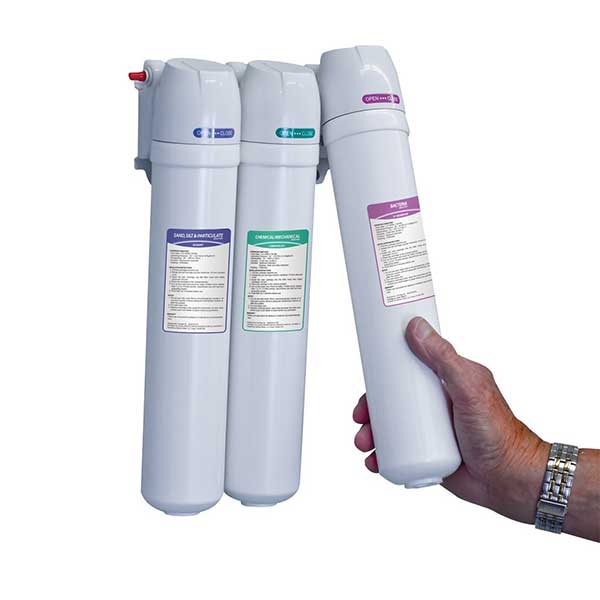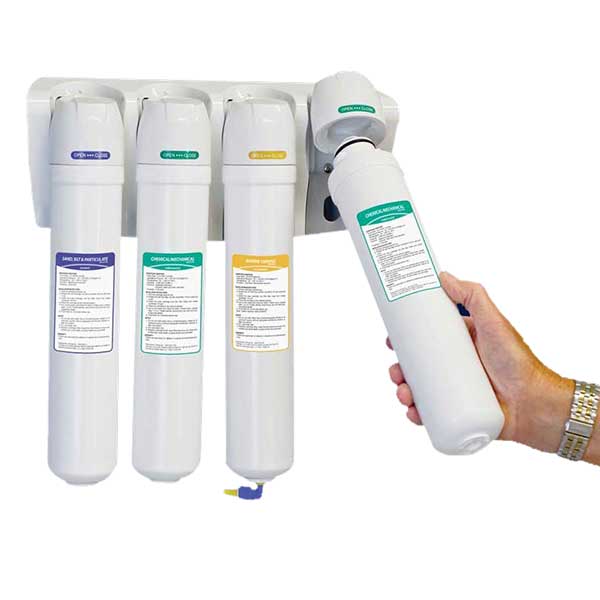Remove Mercury From Your Water

What is Mercury & How To Remove Mercury From Your Water
Water that has been contaminated with toxic heavy metals like mercury is one of the major causes of health and environmental issues worldwide. Mercury poisoning, for example, is a popular health effect of mercury in water, sometimes known as “mad hatter’s disease. The good news, however, is that there are several ways that water contaminated with mercury can be treated.
What is Mercury?
Mercury is a toxic heavy metal that is silvery at room temperature. It is found naturally in ores and rock sediments, including the burning of fossil fuels like coal and oil. It is also one of the major components of several manufactured items like dry-cell batteries, switches, thermometers, etc.
Mercury contaminates the environment through processes that contain mercury, as well as environmental contamination with hazardous waste by chemical industries.
Mercury in Water
Why is there mercury in the water? How does mercury contaminate drinking water? These are some of the common questions asked by some homeowners.
Here’s the thing. Mercury seeps into underground water and contaminates it, either as runoff from landfills, factory dump yards or from natural deposits. This contaminated water, when tapped, gets to your home through water supply pipes.
According to the U.S Environmental Protection Agency, the maximum containment level for mercury is 2 parts per billion (2 ppm). So steps need to be taken to remove mercury from your water if the mercury level in your water is higher than usual.
Also, to avoid the health risks of mercury exposure, it is advisable that you source for alternative water supplies.
Effects of Mercury on Health
Mercury is a neurotoxin. The effects of mercury exposure can be very severe, subtle, or may not occur at all. These effects depend on several factors, including:
- The form of mercury contaminant present in the water
- How much mercury contaminant is present in the water
- How old is the person exposed to mercury (children are more vulnerable)
- The way the person was exposed and how long the exposure has lasted
- If the person exposed have prior illnesses
Elemental mercury is not considered too harmful when in low amount in drinking water. On the other hand, upon prolonged exposure to drinking water that has been contaminated with a high amount of mercury, there is the risk of severe health conditions like kidney damage.
Unborn infants and children suffer the most from water contaminated with mercury, especially the inorganic and organic forms of mercury. This exposure could lead to brain damage, memory loss, irritability, as well as impaired vision and hearing dysfunction.
Mercury Removal from Drinking Water
First, note that boiling your water is not a mercury removal treatment. While there is the option of switching to a different water supplier to prevent certain health issues, there are effective ways to treat your water to remove mercury.
Most water treatment filters with a thin film composite membrane can remove mercury from drinking water reasonably, for example, water treatment systems like reverse osmosis and under sink water filtration systems. Other mercury removal methods include distillation, GAC filters, and lime softening, as well as special cartridges and filters that are designed to remove mercury from your water completely.
Reverse Osmosis
Reverse Osmosis water filter works by forcing water through a membrane to block larger ions, such as lead and mercury. The Common semipermeable membrane material used is a polyamide film. This membrane only allows water molecules to pass through. Although reverse osmosis systems are cost-effective, they used to produce only a limited amount of treated water each day. However, recent improvements in membrane now allow the system to produce over gallons every day. There are also portable reverse osmosis systems, commonly called point-of-use systems, which can be conveniently installed in your home near the kitchen sink. This process produces high-quality water.
Distillation
The water distillation systems work by removing most of the solid contaminants dissolved in the water through boiling and condensation. There are smaller systems that can be placed on a kitchen counter, but they are limited to producing small amounts of water every day. In terms of the cost of use, removing mercury from water by distillation is a bit higher than that of reverse osmosis systems, because of the electricity used to boil the water.
Granulated Activation Charcoal (GAC)
Granulated activated carbon (GAC) filters are inexpensive and simple to use. They make use of a porous carbon medium, usually a heavy charcoal material, which can also take the form of a point-of-use water filter pitcher. When water is allowed to run through the medium, the dissolved contaminants, including heavy toxic metals like lead and mercury, are trapped on the surface of the activated charcoal.
The only limitation to this process is that it depends on two key factors; the concentration of mercury in the water, and the pH sensitivity of the water. It is most effective for water pH close to 7. The filters also need to be replaced periodically for optimal performance at all times.
Lime Softening
Lime softening involves the use of Ca(OH) (limewater or calcium hydroxide) to increase the pH of the water, causing the heavy metal contaminants to precipitate out as Hg(OH). This method of mercury removal is also used as a remedy for water hardness, which removes calcium and magnesium as precipitates. Lime softening is also cost-effective and reliable.
Filtration
This water treatment solution makes use of AISO4, which reacts with the mercury and gets it out of the water through coagulation or precipitation. The sludge has to be adequately disposed of afterward.
The best way to get mercury out of your water is by using a water purifier. This system targets and removes heavy metals like mercury and lead, plus other chemicals contaminants in water like arsenic, chromium-6 and more. The water purifier filters out the mercury, leaving you with safe and clean drinking water.
Are you ready to remove mercury with a water purifier? Contact us at once. Our technicians have years of practical experience in household water purification, and you can trust us with your water treatment needs any day, any time.





